Whippets, with their sleek physique and characteristic gentle nature, are a breed that often captivates with both their speed and affectionate demeanor. A member of the sighthound family possesses a unique set of dietary needs that correlate with their active lifestyle and metabolic rate. Feeding a Whippet is not just a matter of quantity but also of understanding the quality and type of nutrition that is best suited for their lean bodies and energetic spirits.
1. Understanding Whippet’s Nutritional Needs
Whippets, despite their medium size, have a relatively fast metabolism. They require a balanced diet rich in proteins to support their muscle mass, fats for energy, and carbohydrates for sustained vigor throughout the day. Their meals should also be fortified with essential vitamins and minerals to promote overall health.
Adult Whippets typically thrive on dog food formulated for active breeds. Puppies, on the other hand, have higher energy demands and thus require puppy-specific formulas that support their growth and development. Senior Whippets often need lower-calorie diets to prevent weight gain as their activity level decreases.
2. Determining the Right Amount
Feeding a Whippet is a delicate balance that can be influenced by several factors including age, weight, activity level, and the dog’s metabolism. As a general guideline:
- Puppies: Whippet puppies, up to six months old, usually require three to four meals a day. Each meal should consist of approximately one cup of high-quality puppy food, divided throughout the day.
- Adults: Most adult Whippets will do well with two meals per day, each consisting of about one to one and a half cups of dry dog food.
- Seniors: Older Whippets may need slightly less to maintain their weight, depending on their activity level.
However, these are just starting points. The calorie content of the chosen dog food plays a significant role in how much you should feed your Whippet. High-quality dog foods with higher protein and fat percentages are often more calorie-dense, requiring smaller serving sizes. Conversely, foods with fillers and less nutritional density might require larger portions to meet your dog’s caloric needs.
3. Calorie Considerations
A Whippet’s daily calorie needs can typically range from 800 to 1,000 calories for adults, but this can vary. Active and working dogs may require more to sustain their energy levels. It’s essential to check the caloric content listed on the dog food package. Most will indicate the number of calories per cup.
For example, if your chosen brand contains 400 calories per cup and your adult Whippet needs about 900 calories a day, you would feed a little over two cups of food per day, divided into two meals. Adjustments should be made based on the dog’s weight management and energy needs.
4. Feeding Schedule and Practices
A consistent feeding schedule helps regulate a Whippet’s metabolism and digestion. It’s advisable to feed adult Whippets twice a day—at morning and evening. Puppies should be fed more frequently, as previously mentioned, to sustain their growth and energy.
Always provide fresh water, and be mindful of how treats factor into your dog’s daily calorie intake. Treats should not constitute more than 10% of a dog’s daily calories to avoid unintentional overfeeding.
5. Special Dietary Needs and Health Considerations
Some Whippets may have special dietary needs or health considerations that require a tailored diet. For instance, Whippets prone to digestive issues may benefit from a diet with easily digestible ingredients and probiotics. Those with allergies may need a hypoallergenic formula. It’s crucial to consult with a veterinarian to tailor the diet appropriately if your Whippet has any health concerns.
6. Adjusting Food Quantity as Your Whippet Ages
The caloric needs of Whippets change as they transition from puppyhood to adulthood and into their senior years. Monitoring your Whippet’s body condition and adjusting their food quantity accordingly is key. A Whippet should have a visible waist when viewed from above, and you should be able to feel—but not see—their ribs under a thin layer of flesh.
7. Cost Estimates for Feeding a Whippet
The cost of feeding a Whippet will largely depend on the quality of food you choose to buy and where you live. Premium dog foods are generally more expensive but might require you to feed less due to their nutritional density, possibly offering better value in the long run.
On average, a 30-pound bag of premium dog food can cost anywhere from $55 to $80 and could last a two-month period for an adult Whippet, given the estimated two cups per day. This sets the monthly cost at about $27.50 to $40.
For those opting for raw or fresh food diets, the costs can be significantly higher, potentially ranging from $2 to $5 per day, which equates to about $60 to $150 per month.
These estimates don’t include the cost of treats or any additional supplements your Whippet may require. It’s also worth considering that prices can fluctuate due to market changes, location, and special dietary needs.
Our 5 Top Foods for Whippets
The diets were selected by our founder Justin Palmer, a certified canine nutrition expert, specifically with Whippets in mind:
Conclusion
Feeding a Whippet is not simply about fulfilling their hunger; it’s about nourishing their entire being. It requires an understanding of their specific nutritional needs, careful consideration of their life stage, and awareness of their daily activities. While the amounts provided here are general guidelines, the exact requirements for your Whippet may differ. It’s important to tailor their diet based on the advice of your veterinarian, who understands the intricacies of your pet’s health.
Frequently Asked Questions About Feeding a Whippet
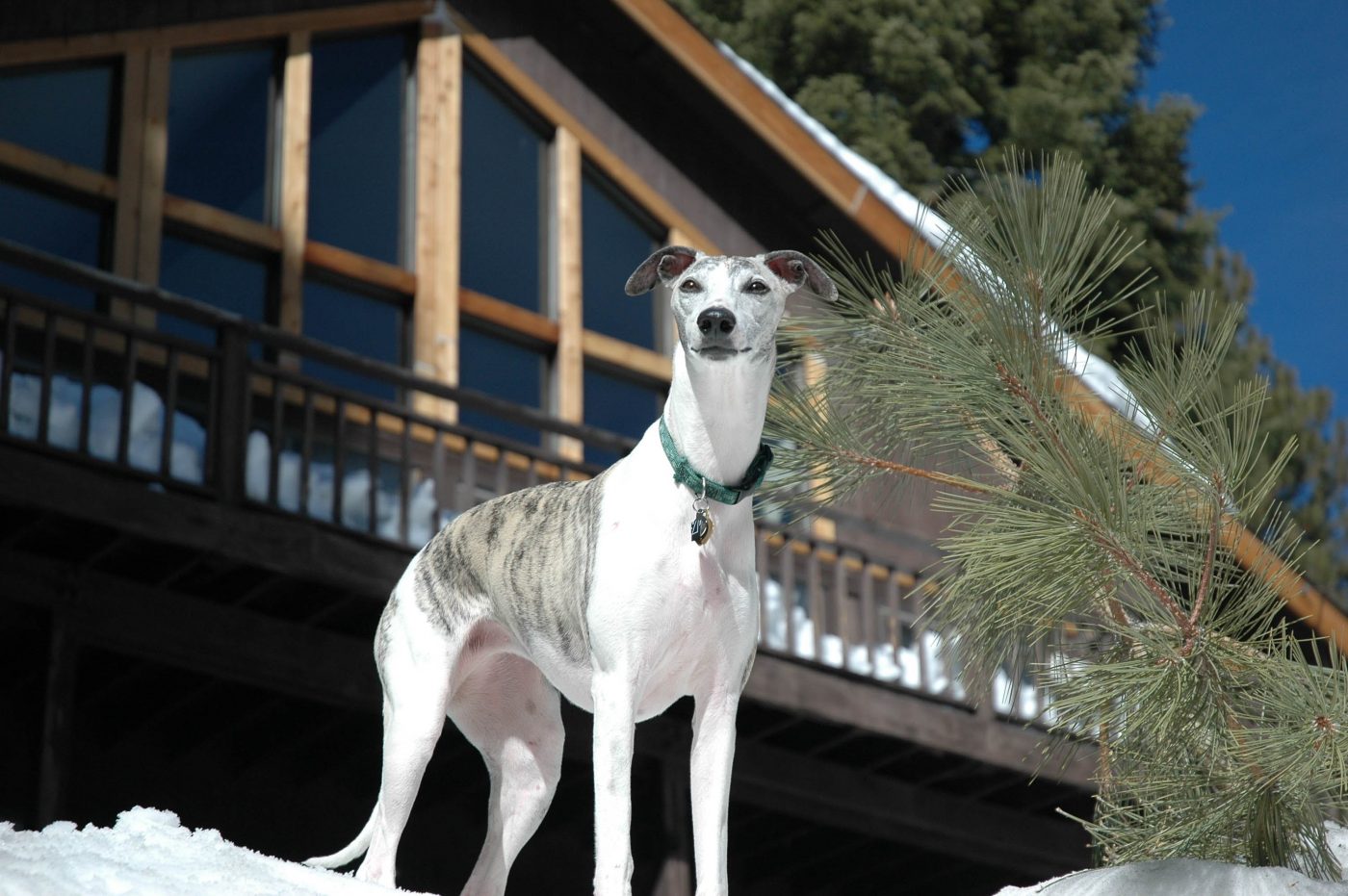
1. How much should I feed my adult Whippet daily?
An adult Whippet typically requires between 1 to 1.5 cups of dry dog food per day, split into two meals. This amount can vary depending on the dog’s activity level, age, and the calorie content of the food. Always check the feeding guidelines on your dog food packaging as a starting point and adjust as necessary based on your Whippet’s weight and activity level.
2. Are there specific dietary requirements for Whippet puppies?
Whippet puppies have higher energy needs than adults and should be fed a high-quality puppy formula that is rich in protein to support their rapid growth. They generally need to be fed three to four times a day with the amount specified by the puppy food manufacturer, which you will adjust as the puppy grows and its activity level changes.
3. Can Whippets have a grain-free diet?
Whippets can be fed a grain-free diet, but it’s essential to ensure that the diet is well-balanced and meets all of their nutritional needs. Grain-free diets should be chosen carefully, as some may lack certain nutrients or are not suitable for all dogs. Always consult with a vet before making significant changes to your dog’s diet.
4. Is it okay to feed my Whippet human food?
While it can be tempting to share your meal with your Whippet, it’s important to limit the amount of human food they consume. Some human foods can be harmful to dogs, and Whippets are particularly prone to stomach upsets. If you choose to give your Whippet human food, it should be healthy options and only in small, infrequent amounts.
5. What is the best type of commercial dog food for my Whippet?
The best commercial dog food for your Whippet will be a high-quality brand that lists real meat as the first ingredient and does not contain unnecessary fillers. The food should be appropriate for your dog’s life stage and activity level, and it’s always recommended to look for brands that adhere to AAFCO guidelines.
6. How do I know if I’m feeding my Whippet enough?
The best way to know if you are feeding your Whippet enough is to monitor their body condition and energy levels. You should be able to feel but not see their ribs, and they should have a noticeable waist when viewed from above. If your dog seems lethargic or is losing weight, they may need more food, whereas weight gain suggests you might be overfeeding them.
7. How should I transition my Whippet to a new type of food?
When transitioning your Whippet to a new type of food, do it gradually over the course of at least a week by mixing the new food in with the old, slowly increasing the proportion of the new food. This gradual change helps prevent digestive upsets and allows your dog’s system to adjust to the new food.
8. Do Whippets need wet food, or is dry food sufficient?
Dry food is sufficient for most Whippets and is beneficial for dental health, but some may prefer the taste or texture of wet food. You can feed your Whippet a mix of wet and dry food, or use wet food as an occasional treat. Always ensure that the overall diet is nutritionally complete.
9. How can I tell if my Whippet is overweight?
You can tell if your Whippet is overweight by feeling for their ribs, which should be palpable with a small amount of fat covering. They should have a visible waist and tuck up from the ribs to the hips when viewed from the side. If you’re unsure, a vet can provide a body condition score and advice on diet.
10. What should I feed my senior Whippet?
Senior Whippets often need diets lower in calories but still rich in quality protein to maintain muscle mass. They may also benefit from diets with added joint support and easier digestibility. There are commercial dog foods formulated for senior dogs that can be appropriate, but individual needs can vary widely, so consult your vet for personalized advice.
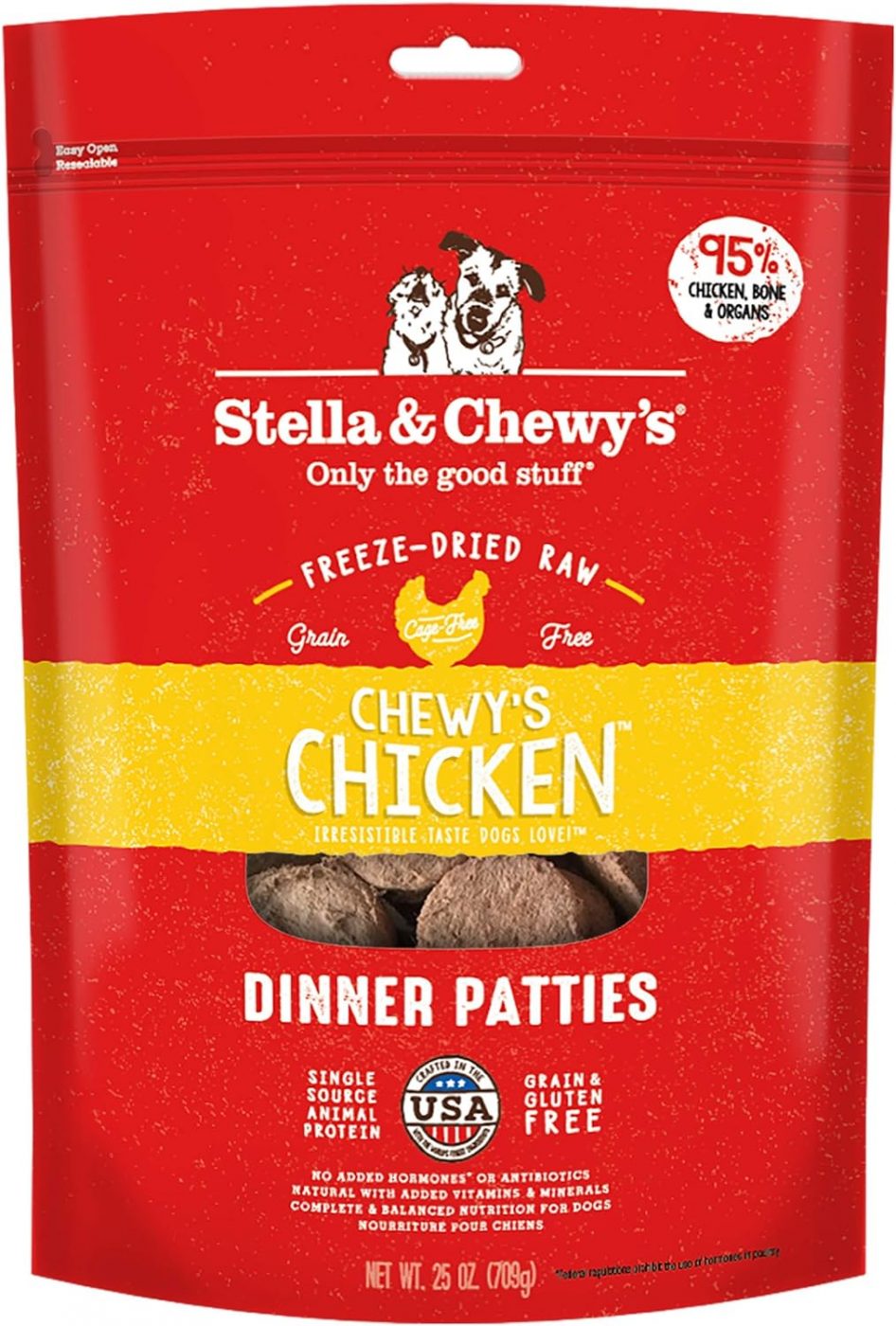
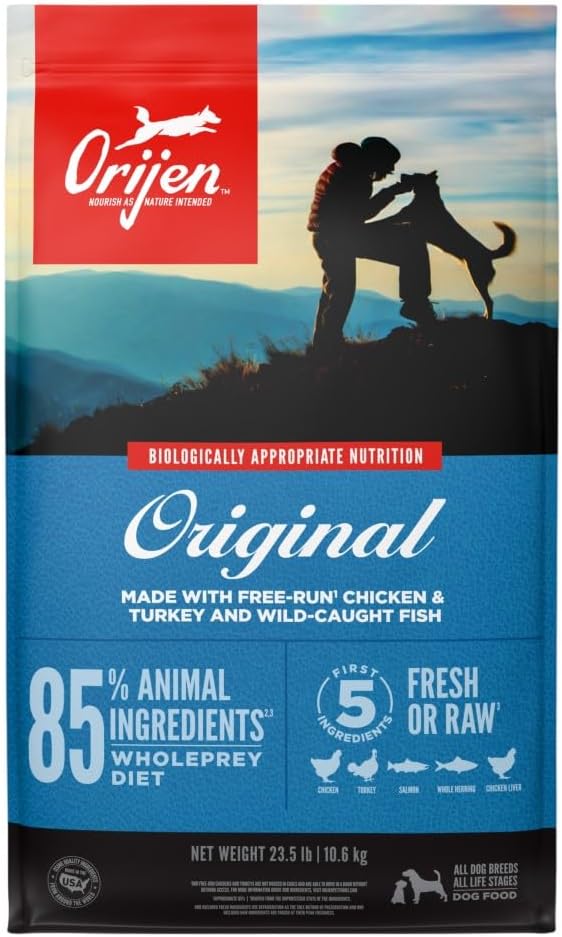
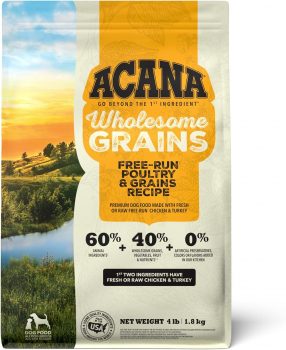
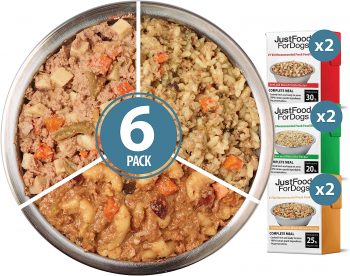
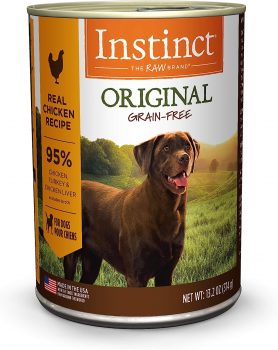
 Toledo, United States.
Toledo, United States.